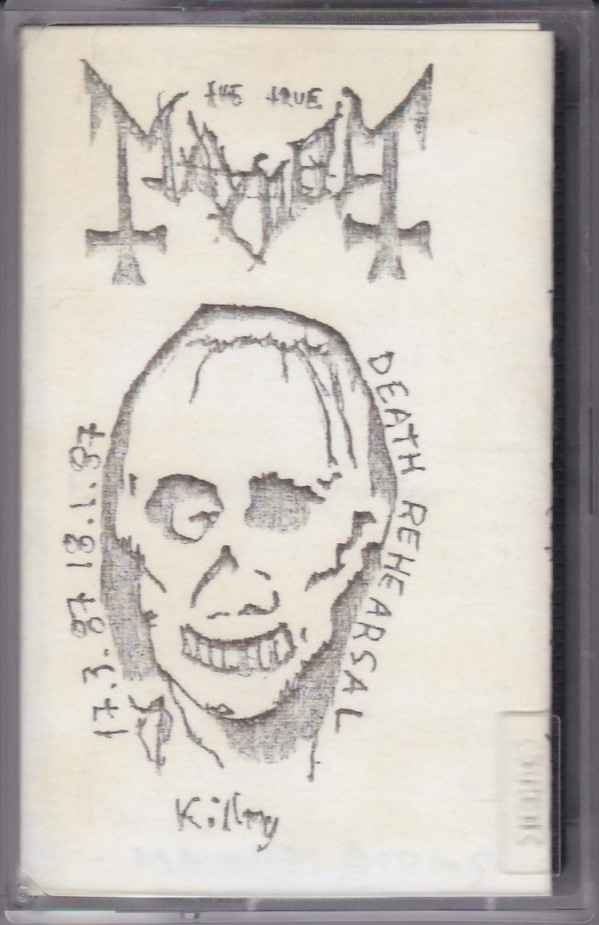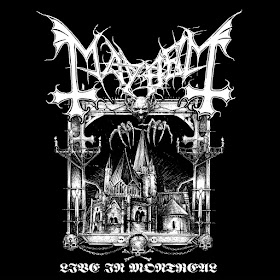


Scroll up in the Personalization window and select one of the Aero themes, such as Windows 7. The default theme is Windows 7 Basic, which doesn’t use Aero. Presently, VirtualBox runs on Windows, Linux, Macintosh, and Solaris hosts and supports a large number of guest operating systems including but not limited to Windows (NT 4.0, 2000, XP, Server 2003, Vista, Windows 7, Windows 8, 10), DOS/Windows 3.x, Linux (2.4, 2.6 and 3.x), Solaris and OpenSolaris, OS/2, and OpenBSD. If you want to enable Windows Aero, right-click your virtual machine’s desktop and select Personalize. However, Windows Aero is not enabled by default. Your virtual machine now has 3D support, so you can try playing older 3D games and using other applications that require 3D acceleration. You’ll be prompted to restart your virtual machine after installing the drivers. If you haven’t done this yet, you can adjust your virtual machine’s settings after installing the drivers.Ĭlick Install and VirtualBox will install the guest additions and experimental 3D driver in your virtual machine. VirtualBox warns that you should have at least 128 MB of video memory, which you should have configured above.

However, we haven’t had any issues with the more experimental driver. VirtualBox can be installed on Windows (7, 8, 8.1, 10, Server 2008 R2, Server 2012, Server 2012 R2, Server 2016, Server 2019), Mac OSX (10.12, 10.13, 10.14), Linux 64-bit (Ubuntu, Debian, Oracle Linux, RHEL 6 and 7, Fedora 28 and 29, Gentoo Linux, SUSE Linux Enterprise Server 12 and 15, openSUSE Leap 42.3 and 15.0), and Oracle 64-bit Solaris 11. The basic Direct3D driver doesn’t support Aero, but it’s theoretically more stable. Note that, if you want to install the basic Direct3D driver instead, you’ll need to install it from safe mode – restart your virtual machine, press F8 while it’s booting, select Safe Mode, and install the guest additions from there.


 0 kommentar(er)
0 kommentar(er)
